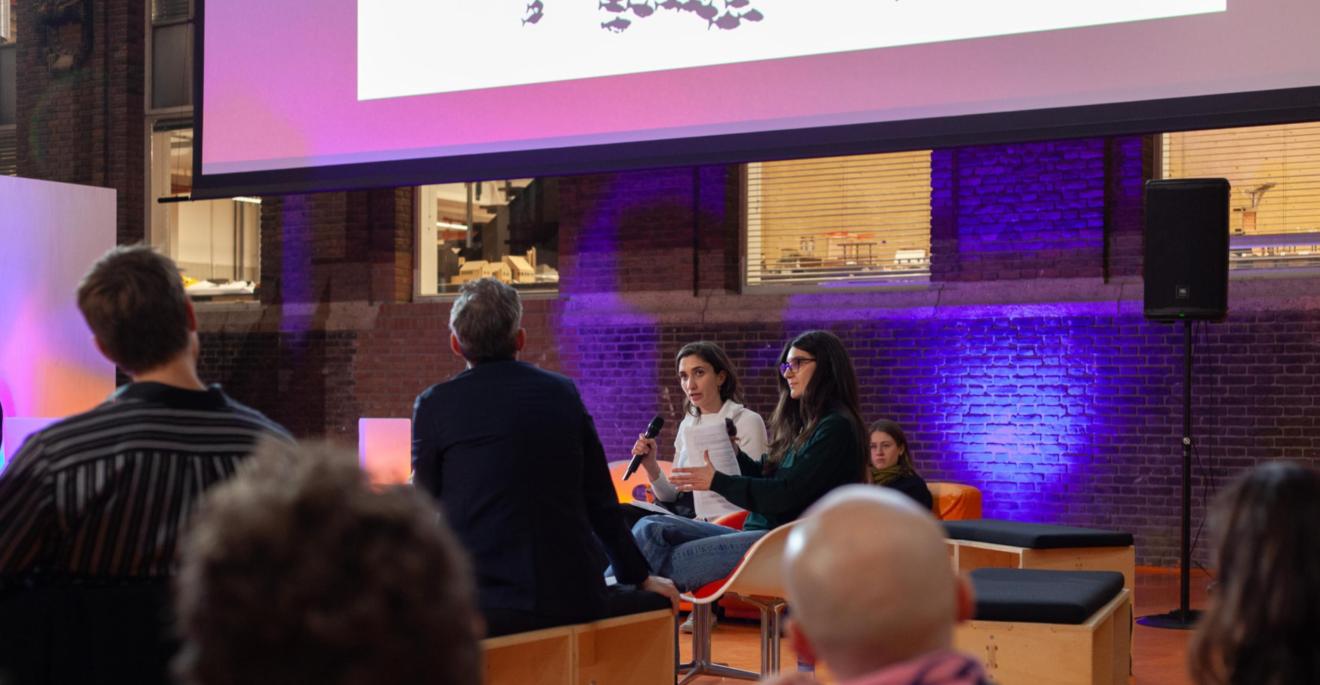Members of the Architects Climate Action Network Netherlands
Architects Climate Action Network! Nederland
Een kennismaking met ACAN! NL
In het licht van urgente uitdagingen zoals de klimaatcrisis, woningnood en stedelijke verdichting moeten steden zich aanpassen - maar zonder hun identiteit uit het oog te verliezen. Deze nieuwe serie van CAST onderzoekt de vraag: wat als we stoppen met slopen en beginnen met het herwaarderen van wat al bestaat? In plaats van het verleden te corrigeren door middel van nieuwbouw, verschuiven we de aandacht naar het erkennen van de architectonische en culturele betekenis van onze gebouwde omgeving en bouwen we er met zorg op voort. Met deze nieuwe serie nodigen we uit tot reflecties, kritieken en concrete voorbeelden van zowel dichtbij als ver weg: hoe denken anderen opnieuw over transformatie, herdefiniëren ze waarde en brengen ze het idee van “niet slopen” in de praktijk?
We nodigden het initiatief 'Architects Climate Action Network! Nederland' uit om te delen hoe zij zich collectief inzetten voor een beter heden en toekomst. Dit artikel is zowel in het Nederlands als Engels.






